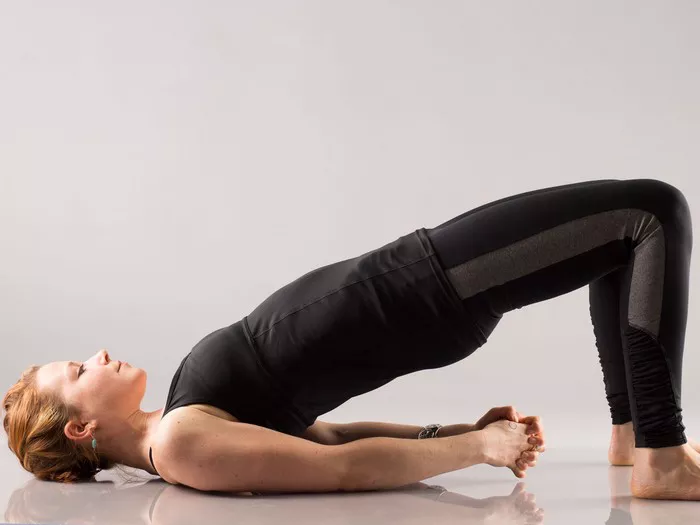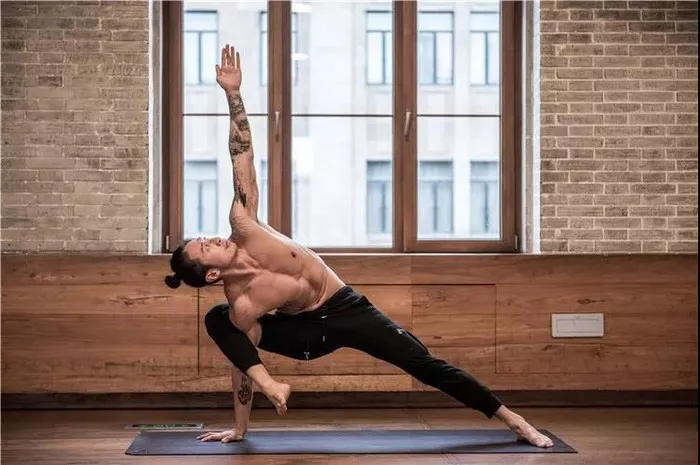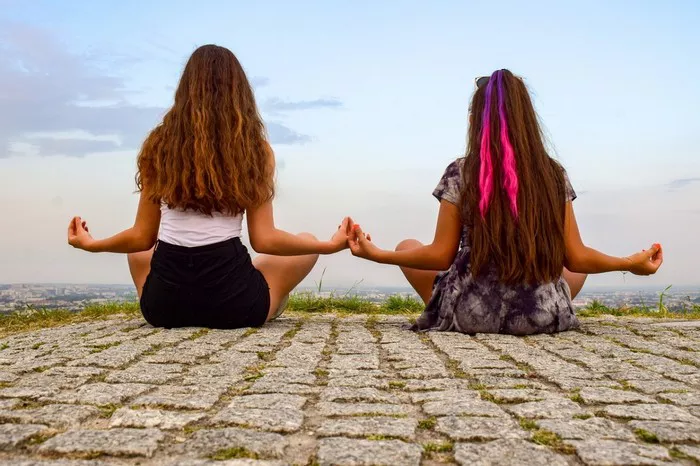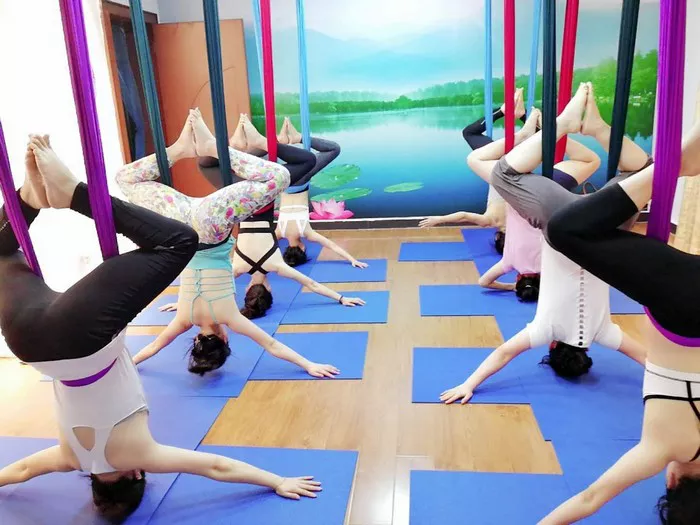Stretching is an integral component of yoga, encompassing a wide range of poses that target different muscle groups and areas of the body. Unlike static stretching, which involves holding a position for a prolonged period, yoga stretching often incorporates dynamic movements synchronized with breath awareness, fostering a deeper connection between mind and body.
The benefits of yoga stretching extend beyond physical flexibility to encompass mental relaxation and emotional balance. By engaging in a regular stretching practice, individuals can enhance their overall quality of life, promoting vitality and resilience.
The Importance of Proper Technique
Before delving into specific yoga stretching poses, it is crucial to emphasize the importance of proper technique and alignment. Practicing yoga with mindfulness and awareness ensures maximum effectiveness while minimizing the risk of injury. Here are some key principles to keep in mind:
1. Alignment: Pay attention to alignment cues provided by instructors or detailed in yoga resources. Proper alignment helps distribute the stretch evenly and prevents strain on joints and muscles.
2. Breath Awareness: Coordinate movement with breath to facilitate a smooth and steady flow. Deep, mindful breathing enhances relaxation and promotes a sense of presence during stretching poses.
3. Gentleness and Patience: Avoid forcing or overexerting yourself in stretching poses. Respect your body’s limits and progress gradually over time. Consistency and patience yield the most sustainable results in improving flexibility and mobility.
By adhering to these principles, practitioners can optimize the benefits of yoga stretching poses and cultivate a safe and fulfilling practice.
Essential Yoga Stretching Poses
Now, let’s explore some foundational yoga stretching poses that target various muscle groups and promote overall flexibility and mobility.
1. Downward-Facing Dog (Adho Mukha Svanasana): This classic yoga pose stretches the entire body, focusing on the hamstrings, calves, shoulders, and spine. Start on your hands and knees, then lift your hips upward, forming an inverted V-shape. Press your palms into the ground and lengthen through the spine while keeping your heels grounded.
2. Forward Fold (Uttanasana): Forward fold stretches the hamstrings, calves, and spine while promoting relaxation and stress relief. Stand with feet hip-width apart, hinge at the hips, and fold forward, reaching toward the ground or grasping opposite elbows. Keep a slight bend in the knees to prevent strain on the lower back.
3. Cobra Pose (Bhujangasana): Cobra pose strengthens the back muscles while stretching the chest, abdomen, and shoulders. Lie on your stomach with palms planted near your chest, then press into the hands to lift the chest off the ground, keeping the elbows close to the body. Draw the shoulders away from the ears and lengthen through the crown of the head.
4. Child’s Pose (Balasana): A restorative pose that stretches the back, hips, thighs, and ankles while promoting relaxation and introspection. Begin on your hands and knees, then sit back on your heels, extending your arms forward and lowering your forehead to the ground. Allow the entire body to soften and release tension.
5. Triangle Pose (Trikonasana): Triangle pose stretches the hamstrings, hips, groins, spine, and shoulders while improving balance and stability. Start in a wide-legged stance, extend one leg out and reach toward the extended foot with the opposite hand, keeping both legs straight. Rotate the torso and open the chest toward the ceiling while maintaining a strong foundation through the legs.
6. Seated Forward Bend (Paschimottanasana): This seated pose targets the hamstrings, lower back, and spine while calming the mind and relieving stress. Sit with legs extended in front of you, inhale to lengthen the spine, then exhale to fold forward from the hips, reaching for the feet or shins. Keep the back straight and avoid rounding the spine excessively.
7. Pigeon Pose (Eka Pada Rajakapotasana): Pigeon pose is a deep hip opener that stretches the hip flexors, glutes, and piriformis muscles. Begin in a tabletop position, then bring one knee toward the same-side wrist and extend the opposite leg behind you. Square the hips and walk the hands forward, folding over the front leg while maintaining length in the spine.
8. Bridge Pose (Setu Bandhasana): Bridge pose strengthens the back, glutes, and hamstrings while stretching the chest, neck, and spine. Lie on your back with knees bent and feet hip-width apart, then press into the feet to lift the hips toward the ceiling. Engage the glutes and thighs while keeping the shoulders grounded.
By incorporating these essential yoga stretching poses into your practice, you can cultivate flexibility, strength, and relaxation while nurturing a deeper connection with your body and breath.
Advanced Yoga Stretching Poses
For those seeking to deepen their practice and explore more challenging poses, here are some advanced yoga stretching poses that require greater flexibility, strength, and balance.
1. King Pigeon Pose (Kapotasana): Also known as the “King of Pigeons,” this pose requires significant hip flexibility and backbending ability. Start in a downward-facing dog position, then bring one knee forward toward the same-side wrist and slide the opposite leg back, reaching for the foot with the same-side hand. Once the foot is secured, gradually deepen the backbend while maintaining stability and ease of breath.
2. Full Wheel Pose (Urdhva Dhanurasana): Full wheel pose is an intense backbend that stretches the entire front body while strengthening the back, arms, and legs. Lie on your back with knees bent and feet hip-width apart, then place hands beside your ears with fingers pointing toward the shoulders. Press into the hands and feet to lift the entire body off the ground, extending the arms and legs fully while arching the spine.
3. Standing Split (Urdhva Prasarita Eka Padasana): This standing pose challenges balance and hamstring flexibility while strengthening the core and legs. Begin in a standing position, then hinge forward from the hips and lift one leg straight up toward the ceiling, keeping both hips squared toward the ground. Extend through the lifted leg while reaching the crown of the head toward the floor.
4. Flying Pigeon Pose (Eka Pada Galavasana): A challenging arm balance that requires strength, flexibility, and core stability. Begin in a low lunge position with hands planted on the ground, then shift your weight forward onto the hands and lift the back leg off the ground. Engage the core and slowly transition into a balanced position with the back leg extended and parallel to the ground.
5. Compass Pose (Parivrtta Surya Yantrasana): Compass pose is an advanced seated pose that requires deep hip and hamstring flexibility, as well as open shoulders. Begin seated with legs extended in front of you, then bend one knee and hook the foot behind the same-side shoulder. Reach the opposite arm behind the back and clasp hands, then extend the bent leg to straighten while twisting the torso toward the extended leg.
6. Scorpion Pose (Vrschikasana): Scorpion pose is an advanced backbend and inversion that requires exceptional back flexibility, shoulder strength, and core stability. Start in a forearm plank position, then walk the feet toward the head and lift the hips toward the ceiling, arching the back and bringing the feet toward the head. Engage the core and press into the forearms to maintain balance and control.
While advanced yoga stretching poses offer profound physical and mental benefits, it is essential to approach them with caution and respect for your body’s limitations. Practitioners should gradually progress toward more challenging poses under the guidance of experienced instructors to ensure safety and proper alignment.
Conclusion
Yoga stretching poses provide a pathway to enhanced flexibility, strength, and vitality, fostering a harmonious balance between body, mind, and spirit. Whether you’re a novice or seasoned practitioner, incorporating these poses into your yoga practice can lead to profound physical and mental transformations, empowering you to live life with greater ease, grace, and resilience.
By honoring the principles of alignment, breath awareness, and mindful practice, you can unlock the full potential of yoga stretching poses, cultivating a lifelong journey of self-discovery, healing, and transformation. Embrace the power of yoga stretching to nurture your body, soothe your mind, and awaken your spirit to the infinite possibilities that lie within.
FAQs:
Can yoga just be stretching?
Yoga encompasses much more than just stretching. While stretching is a significant component, yoga also involves breath control, meditation, strength-building exercises, and alignment awareness. These elements work together to enhance flexibility, strength, balance, and overall well-being.
What is the hardest yoga stretch?
The difficulty of yoga stretches can vary depending on individual flexibility and strength levels. However, poses like King Pigeon Pose (Kapotasana), Full Wheel Pose (Urdhva Dhanurasana), and Scorpion Pose (Vrschikasana) are often considered among the most challenging due to their requirements for deep flexibility, strength, and balance.
Is yoga better for flexibility than Pilates?
Both yoga and Pilates can improve flexibility, but they approach it differently. Yoga focuses on holding poses to stretch muscles and improve range of motion, while Pilates emphasizes controlled movements to strengthen muscles and increase flexibility. The choice between them depends on individual preferences and goals. Some may find yoga more effective for overall flexibility, while others may prefer Pilates for targeted muscle strengthening alongside flexibility.























